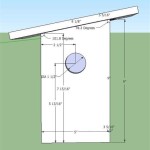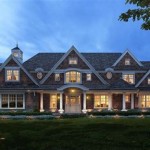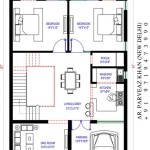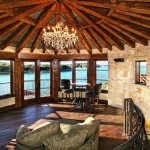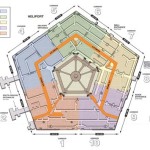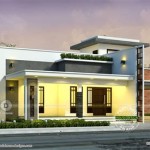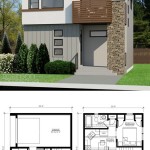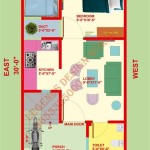Essential Aspects of Hawaiian Pole House Plans
Hawaiian Pole Houses, with their distinctive architecture and connection to the natural surroundings, embody the essence of island living. Whether you're dreaming of building a vacation retreat or a permanent home, understanding the key aspects of Hawaiian Pole House plans is crucial for a successful project.
### Elevated DesignOne of the defining characteristics of Hawaiian Pole Houses is their elevated design. Houses are raised on posts or poles, allowing for airflow and ventilation beneath the structure. This design serves multiple purposes. It reduces heat buildup, prevents moisture accumulation, and provides a shaded, outdoor living space below the house.
### Open-Air LivingHawaiian Pole Houses embrace the indoor-outdoor lifestyle. Large windows, sliding doors, and screened lanais create a seamless connection between the interior and exterior. This design allows for ample natural light and ventilation, blurring the lines between inside and out.
### Natural MaterialsTraditionally, Hawaiian Pole Houses were built using local materials such as wood, bamboo, and thatch. Today, modern designs often incorporate sustainable materials like cedar, redwood, or composite decking. These materials are durable, resistant to pests, and complement the natural surroundings.
### Ventilation and AirflowProper ventilation is essential in Hawaiian Pole Houses to maintain a comfortable living environment. The elevated design, open floor plans, and screened lanais allow for cross-ventilation, keeping the air fresh and reducing the need for artificial cooling.
### Roof DesignHawaiian Pole Houses typically feature sloping roofs to facilitate rainwater drainage. The roof material varies depending on the style and budget, with options ranging from corrugated metal to traditional thatched roofs. Pitched roofs with overhangs provide shade and protect the structure from the elements.
### SustainabilityModern Hawaiian Pole House plans often prioritize sustainability. Features such as solar panels, rainwater harvesting systems, and energy-efficient appliances reduce environmental impact and lower utility costs. By incorporating sustainable practices, homeowners can create a harmonious home that respects the natural surroundings.
### Local Building Codes and PermitsBefore starting construction, it is crucial to research and adhere to local building codes and permit requirements. Hawaii has specific regulations for building on stilts or elevated structures. Consulting with a licensed contractor or architect will ensure compliance with all applicable codes.

Hawaiian Pole House Barn Plans Style Tropical Houses

Traditional Pole Houses May Be Ideal Shelters For A Weather Ravaged Future

Hawaiian Pole House Exterior Design Designs

Traditional Pole Houses May Be Ideal Shelters For A Weather Ravaged Future

The Environmentally Friendly Hawaiian Pole House Hawaii Real Estate Market Trends Life

Traditional Pole Houses May Be Ideal Shelters For A Weather Ravaged Future

Prefab Pole Houses Homes

Traditional Pole Houses May Be Ideal Shelters For A Weather Ravaged Future

Prefab Pole Houses Homes

Building A Barndominium In Hawaii Best 2024 Guide

